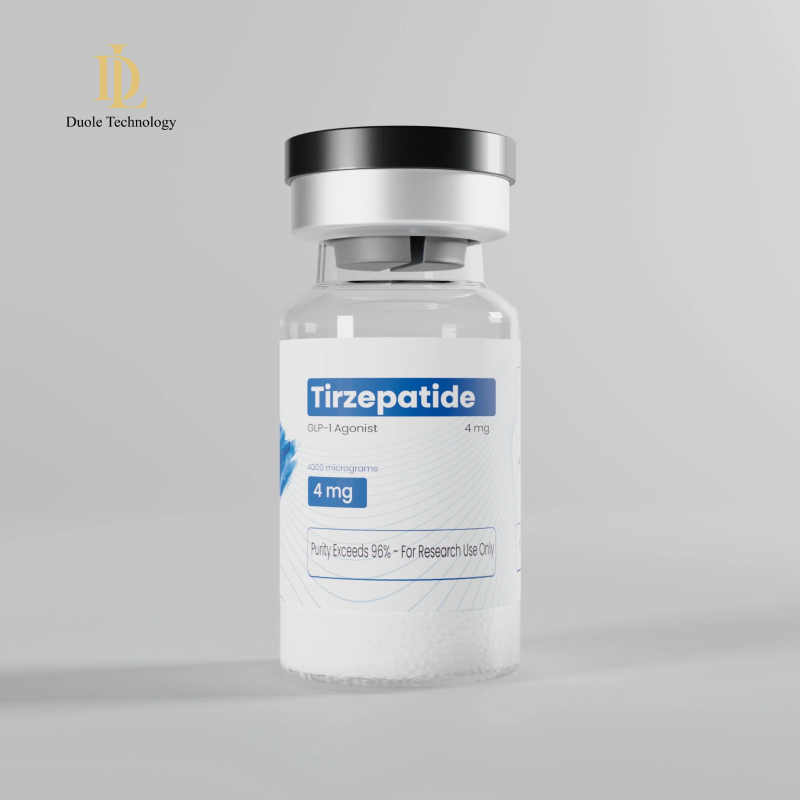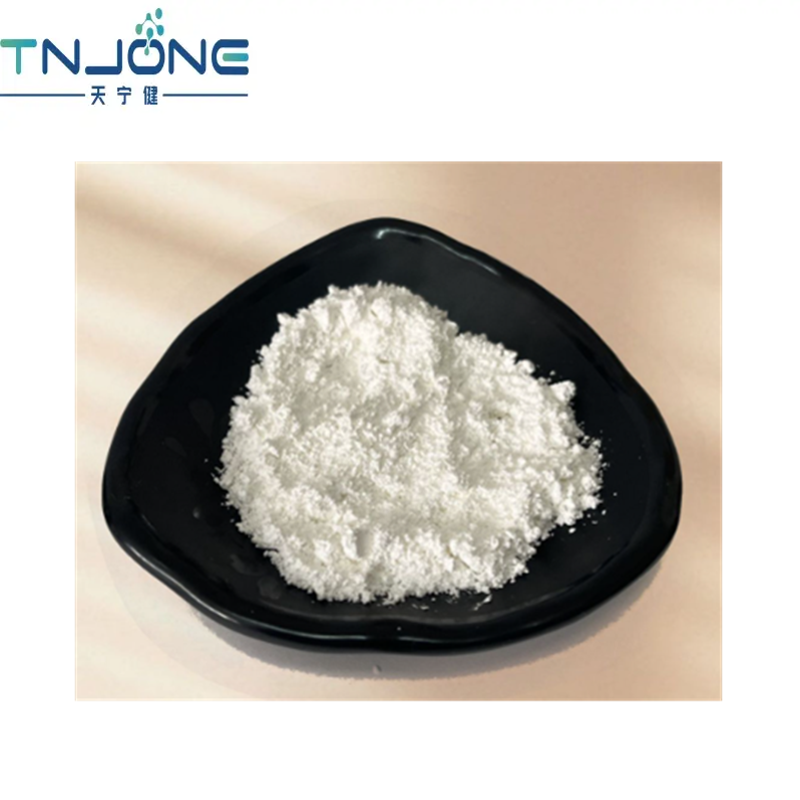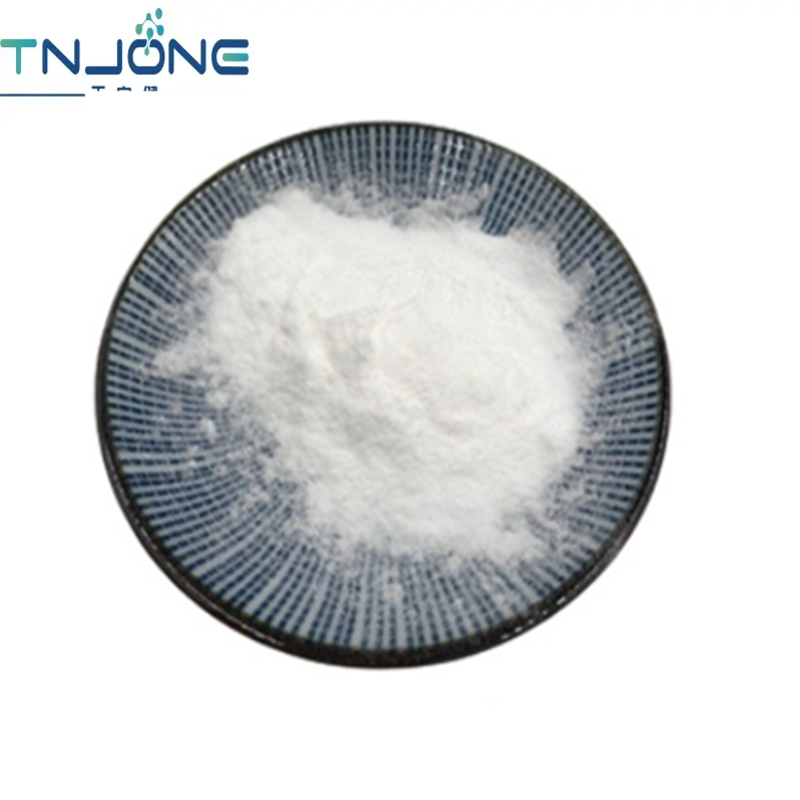-
Categories
-
Pharmaceutical Intermediates
-
Active Pharmaceutical Ingredients
-
Food Additives
- Industrial Coatings
- Agrochemicals
- Dyes and Pigments
- Surfactant
- Flavors and Fragrances
- Chemical Reagents
- Catalyst and Auxiliary
- Natural Products
- Inorganic Chemistry
-
Organic Chemistry
-
Biochemical Engineering
- Analytical Chemistry
-
Cosmetic Ingredient
- Water Treatment Chemical
-
Pharmaceutical Intermediates
Promotion
ECHEMI Mall
Wholesale
Weekly Price
Exhibition
News
-
Trade Service
Not long ago, I listened to an academic report by a professor on the evaluation method of active species, which benefited me a lot and strengthened my understanding of catalytic ozonation process: • OH is the main active species that dominates the oxidation of organic substances; The process of catalytic ozonation is the mutual transformation of multiple active species, and the process is quite complicated
.
However, the application of catalytic ozonation project lacks strong support from basic research; Basic and applied research are not closely linked, and they still sing their own plays
.
1.
Regarding the "scope" of ozone catalysts and the kinetics of the OH reaction, the basic consensus of the academic community: • The OH lifetime is only about 10 ns; Then, the scope of ozone catalysts is very small
.
I have emphasized this issue on many occasions and tried to estimate distances in terms of the thermal motion of organic molecules rather than • OH, but have not reached reliable conclusions
.
Clearly, this issue is of great
importance not only for engineering practice, but even for experimental research.
As early as 2018, when we applied for the unitized packing of iron-based catalysts, the concept of catalyst "scope" was clearly stated, but unfortunately it has not received attention
from the academic and engineering communities so far.
Recently, I read the concept of "confinement reinforcement" of the Fenton-like response in the literature, and the perspective is indeed similar, which is very encouraging
.
Academics attach great importance to OH reaction kinetics, but the guidance practice is still far away and not easy
.
In conventional chemical reaction kinetics research, the reactants are steady-state substances before the reaction, and •OH is not; •OH concentration should be the product of the amount of time volume produced (which is easy to estimate) and its survival time, which is very small
.
If the OH concentration is not accurate, I don't understand how the kinetic constant of the secondary reaction is determined? In addition to the second-order reaction kinetic model, can a more reasonable primitive reaction model be adopted? 2.
About the ozonation of active species and organic matter Everyone has a concept of the mutual transformation of a variety of active species, especially in the catalytic ozonation process, OH and O2-• are almost accompanied by each other, so it is of little
significance to engineering practice to clarify this transformation process 。 However, the process of organic ozonation also produces active species, and the intermediate organic matter of the reaction will affect the degradation rate of the reactants (see the April push news); Moreover, the reaction between organic matter and free radicals is generally a chain reaction, and the organic radicals produced play an important role in the subsequent reaction, and its continuous degradation process is particularly important, which is related to the reduction
of COD and TOC values in the process.
Therefore, the problem of "dispersion" of organic matter reactions in the advanced oxidation process is of great significance to guide engineering practice, but there are still few
research literatures of this kind.
3.
Ozone dissolution, diffusion and catalytic process and reactor optimization Perhaps influenced by the physical and chemical community's views on the decomposition of gaseous ozone, I have a deep concept of "transition metal (hydroxyl) oxides are catalysts for catalyzing ozone decomposition", and do not agree that activated carbon (including carbon nanotubes, etc.
) is a catalyst (of course, not that it is useless, another matter).
It should be noted that the active species formed by the decomposition of gas-phase ozone and liquid ozone on the catalyst surface are different, and many literature believes that the former does not produce •OH, but O2-•
.
In this case, the ozone dissolution process has a great
influence on the advanced oxidation mechanism.
Although literature and practice have proved that the ozone dissolution rate is fast, the residual ozone in the reactor exhaust gas is not a problem; However, this highlights the problem
of the diffusion of liquid ozone.
Only when the kinetic problems of dissolution and diffusion are quantified, can the spatial arrangement and gas-liquid flow direction of the catalyst in the reactor be optimized to maximize the •OH generation rate, which is the application research
that our research group is carrying out.
However, it is still necessary
to study the behavior of gas-phase and liquid phase ozone on the surface of the catalyst and its influence on advanced oxidation, the mechanism of ozone dissolution (molecular morphology of gas and liquid phase, physical and chemical dissolution properties, etc.
), as the basic research of catalytic ozonation.







